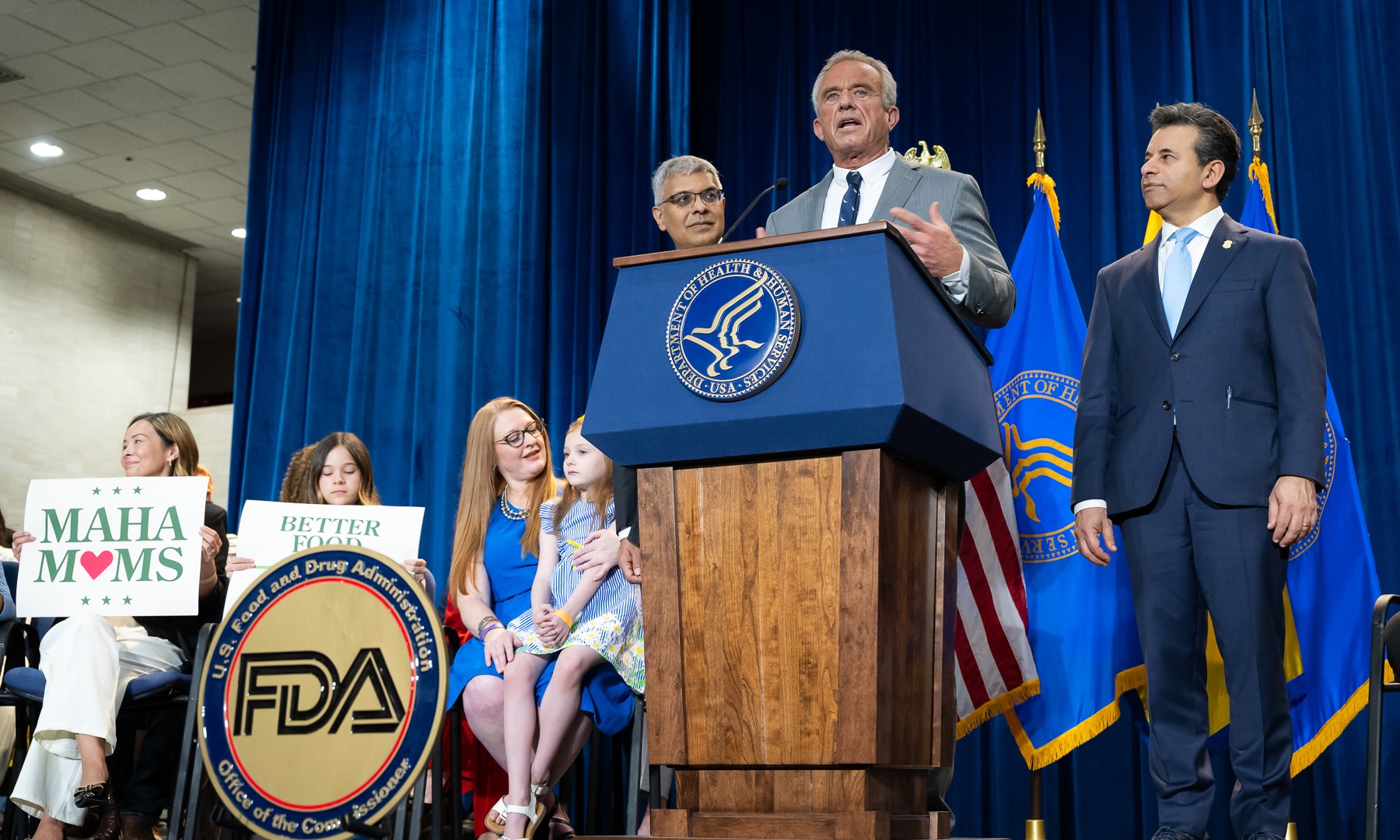Amidst the escalating discussion surrounding pharmaceutical costs in the United States, two distinct methodologies have surfaced: one grounded in political compromise and the other in systematic governmental regulation. With the spotlight now on the impending Medicare drug price discussions, the inherent conflict between immediate accords and enduring systemic change is becoming progressively apparent.
Former President Donald Trump has recently highlighted a series of new deals with pharmaceutical companies aimed at reducing the cost of popular weight loss and diabetes medications, such as Wegovy and Zepbound. These voluntary agreements, he claims, will help make treatments more accessible to Americans. However, while these announcements have generated significant media attention, Trump has said little about a government-led effort expected to have a far broader and more lasting impact — the Medicare drug price negotiation program, introduced under President Joe Biden’s Inflation Reduction Act of 2022.
The initiative empowers Medicare to engage in direct negotiations with pharmaceutical companies regarding certain high-cost medications, with the goal of providing lasting financial relief to a vast number of seniors. As per the Centers for Medicare and Medicaid Services (CMS), the second series of negotiated prices is anticipated to be unveiled by late November, encompassing 15 prescription drugs—among them Ozempic and Wegovy—an increase from the 10 drugs in the prior cycle. While these new rates will not be implemented until 2027, specialists consider this procedure to be one of the most significant advancements in reducing drug expenditures throughout U.S. history.
Differing perspectives on pharmaceutical cost restructuring
The divergence between Trump’s method and the organized Medicare negotiation framework has captured the interest of health policy specialists. Trump’s tactic relies extensively on presidential directives and voluntary agreements with drug manufacturers, rather than on statutory structures. His administration recently finalized accords with Novo Nordisk and Eli Lilly, the producers of Wegovy and Zepbound, to lower the costs of specific dosages. In return, these arrangements reportedly encompass tariff exemptions and expedited Food and Drug Administration (FDA) evaluations for novel medications — although the specifics are still unclear.
Critics contend that these types of agreements might yield immediate political wins instead of enduring resolutions. “These impromptu discussions seem to favor public declarations over fundamental reform,” stated Dr. Benjamin Rome, a health policy expert at Harvard Medical School. Rome highlighted that although reducing medication costs via executive decree could provide instant recognition, it lacks the foresight and responsibility inherent in the Medicare negotiation structure.
The voluntary agreements, though possibly advantageous for certain medications, also provoke concerns regarding openness and uniformity. In the absence of explicit supervision or official cost-management frameworks, specialists are still unsure if these will result in substantial financial relief for patients. Conversely, the Medicare negotiation initiative establishes a lawful and replicable procedure designed to progressively reduce expenses for an expanding catalog of pharmaceuticals.
The importance of Medicare’s bargaining power
The Inflation Reduction Act brought about a monumental change by empowering Medicare, the country’s foremost purchaser of prescription medications, with the ability to negotiate directly with drug producers. Prior to its enactment, the federal government was prohibited from price negotiations, allowing pharmaceutical firms to establish costs with minimal oversight.
The first round of negotiations, announced in 2024, targeted ten high-cost drugs, including the blood thinner Eliquis and several treatments for cancer and diabetes. These initial agreements, set to take effect in 2026, were projected to save Medicare enrollees around $1.5 billion in out-of-pocket expenses in their first year alone. The second round, now underway, is expected to have an even broader impact as it incorporates medications that have seen exponential growth in demand, such as the GLP-1 class used for diabetes and weight loss.
The Congressional Budget Office (CBO) anticipates that by 2027, the negotiated prices of Ozempic and Wegovy will drop substantially — cutting Medicare’s per-patient spending on these drugs by about one-third. The ripple effect could also pressure competing drugs, including Mounjaro and Zepbound, to reduce their prices, amplifying savings across the market.
For specialists such as Stacie Dusetzina, a health policy academic at Vanderbilt University, these occurrences demonstrate how structured discussions can instigate genuine market shifts. “We are all anticipating the formal announcement of the updated prices,” she stated. “It’s quite conceivable that the expectation of these discussions has already impacted other pricing choices.”
Political Discourses and Financial Circumstances
Despite the program’s potential, Trump’s administration has remained largely silent about it. The White House instead continues to highlight its voluntary agreements with pharmaceutical companies as evidence of its commitment to lowering costs. In a written statement, spokesperson Kush Desai argued that while Democrats “touted the Inflation Reduction Act,” it ultimately “increased Medicare premiums,” claiming that Trump’s direct engagement with drugmakers is producing “historic” results.
Health policy analysts, however, caution against dismissing the Medicare negotiation process as ineffective. They note that while voluntary deals may generate attention, they cannot replace structured policy reforms embedded in law. “The Inflation Reduction Act’s negotiation program is not only active but expanding,” said Tricia Neuman, executive director of the Medicare policy program at KFF. “It’s designed to bring down the cost of far more drugs over time.”
Experts also point out that pharmaceutical companies face strong incentives to cooperate with Medicare. Refusing to participate in negotiations could mean losing access to one of the largest and most lucrative prescription markets in the world — a move few drugmakers are willing to risk. Several companies have challenged the negotiation authority in court, but none have succeeded in halting the process.
Rome reaffirmed that the negotiation structure put in place by CMS is intentional and robust. “This procedure has been meticulously designed and will persist annually,” he stated. “It’s improbable that separate agreements, even with prominent manufacturers, would undermine it.”
A broader impact on healthcare affordability
The debate over how best to reduce drug costs reflects a deeper question about the future of healthcare policy in the United States. One in five adults report skipping prescriptions because of cost, according to KFF data — a stark indicator of the financial burden facing millions of Americans. For older adults on fixed incomes, the difference between a one-time discount and a permanent price reduction could determine whether they can consistently access their medication.
By institutionalizing negotiations through Medicare, the Inflation Reduction Act seeks to create a predictable framework that steadily expands over time. Each new round adds more drugs to the list, gradually reshaping the economics of the pharmaceutical market. If successful, it could establish a long-term model for balancing innovation, affordability, and accountability.
Meanwhile, Trump’s ad hoc agreements underscore the challenges of balancing politics with policy. Voluntary deals may deliver quick headlines and selective savings, but without systemic oversight, their long-term benefits remain uncertain. Experts warn that relying solely on private agreements could leave gaps in affordability and undermine efforts to establish consistent nationwide standards for pricing.
As the nation awaits CMS’s release of the new negotiated prices later this month, the contrast between these two strategies has never been clearer. On one hand, Trump’s approach relies on negotiation through influence — emphasizing speed and visibility. On the other, the Medicare program operates through legislation and institutional authority, prioritizing stability and fairness over immediate results.
The results of these strategies could influence the trajectory of pharmaceutical policy for many years ahead. For countless Americans grappling with escalating drug expenses, the implications are profoundly significant.
Ultimately, both approaches embody contrasting viewpoints on the management of governance and market dynamics. Although informal agreements might provide immediate respite, formalized negotiations hold the potential for a more lasting impact — a fundamental change in how the nation perceives health, equity, and responsibility within its core frameworks.



